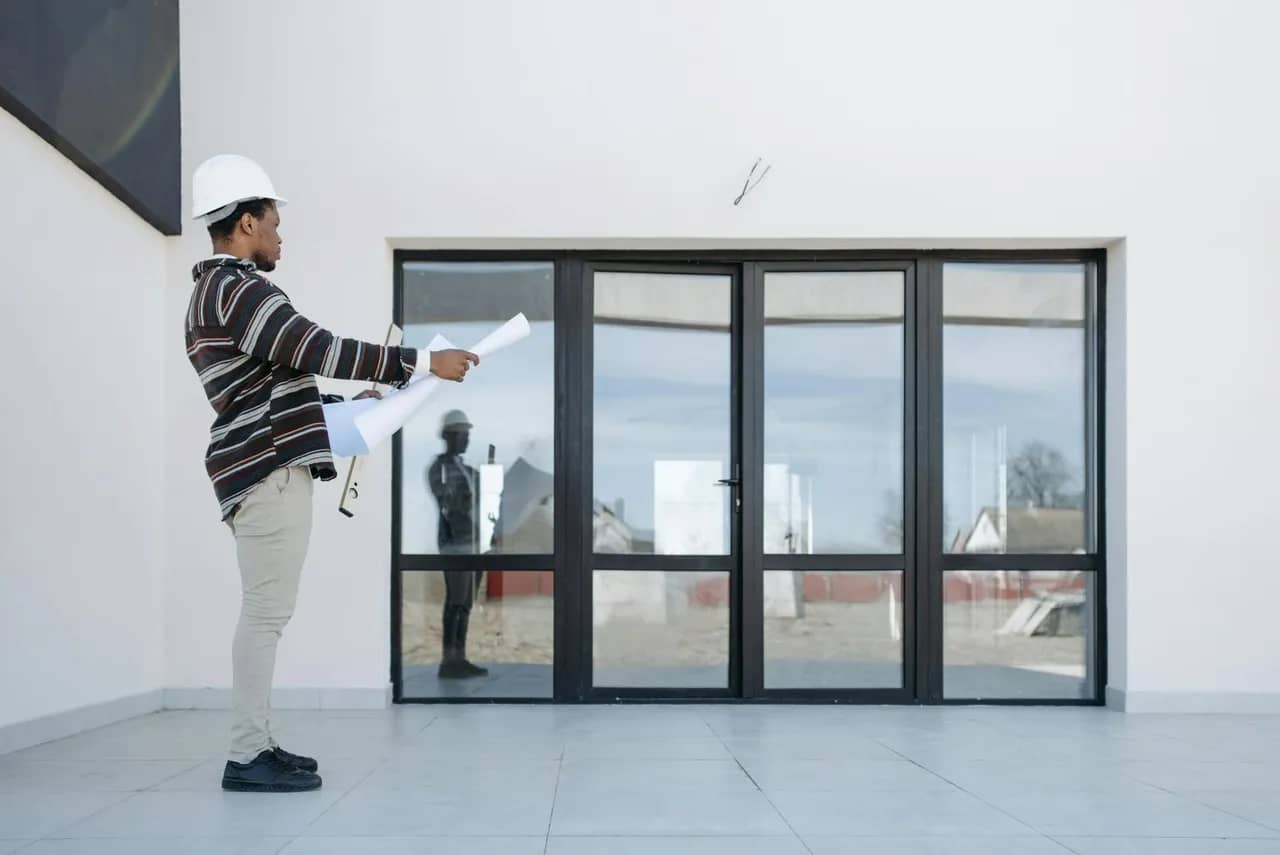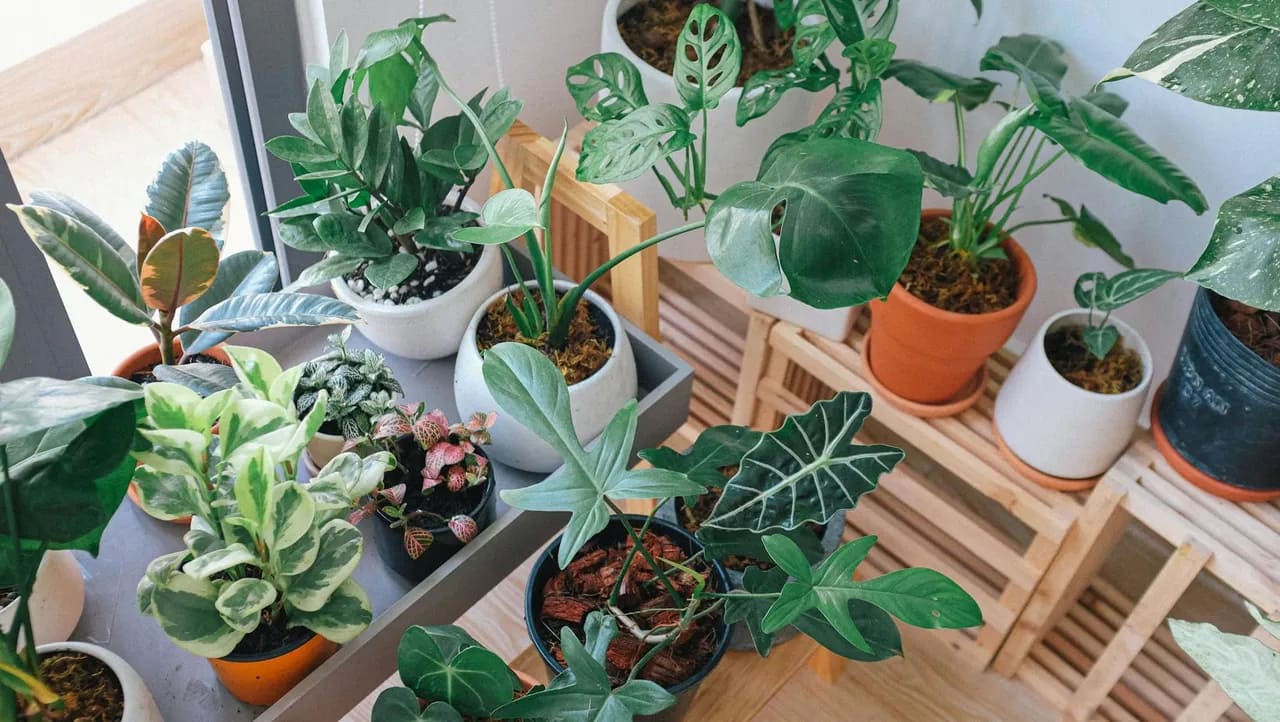Sensory Design: Building Multisensory Experiences in Home Renos
Sensory design involves creating environments that engage multiple senses simultaneously. This approach transforms ordinary spaces into immersive experiences. You can significantly enhance your living spaces by incorporating elements that appeal to sight, sound, smell, touch, and taste. Multisensory experiences in home renovation are not just about aesthetics. They improve comfort, functionality, and overall well-being. This article provides practical tips and insights on effectively implementing sensory design in your new home renovation project. Whether you’re looking to create a calming atmosphere in your bedroom or a stimulating environment in your kitchen, understanding the principles of sensory design will help you achieve your goals.
Understanding Multisensory Design Elements
The multisensory design integrates the five senses—sight, sound, smell, touch, and taste—into your home renovation. This holistic approach ensures that every aspect of your environment contributes to a richer, more immersive experience. For sight, consider how natural light, color schemes, and visual art can transform a space. Enhance sound by strategically placing speakers, soundproofing, or incorporating water features. The smell is often overlooked but can be addressed with essential oils, fragrant plants, or scented candles. Touch involves choosing materials with varying textures, such as plush carpets, smooth countertops, and soft fabrics. Finally, taste can be incorporated in spaces like the kitchen, where the design encourages cooking and dining experiences. Combining these elements creates a functional environment that engages multiple sensory levels, enhancing the overall quality of life.
Efficient Planning for Multisensory Home Renovation
Efficient planning for multisensory home renovation requires setting clear goals, consulting experts, and hiring professionals. Start by defining the sensory experiences you want to achieve in each room. Prioritize the senses you wish to enhance, whether visual, auditory, or tactile elements. Next, seek advice from interior designers who can provide valuable insights and recommend the best materials and layouts. Schedule consultations to gather various ideas and review portfolios to ensure the experts’ past projects align with your vision.
If you are relocating to Vancouver prior to or after your renovation, you can partner up with a2bmovingandstorage.com, a moving company with over 24 years of experience and a well-established reputation for reliability, service quality, and affordability.
The Role of Sight in Home Renovation
Lighting sets the mood, enhances functionality, and highlights design elements, making spaces more inviting. Use a mix of ambient, task, and accent lighting to achieve a balanced and layered effect. Choose fixtures that complement your home’s style and ensure adequate illumination for different activities. Integrating natural light reduces the need for artificial lighting. Maximize natural light by using large windows, skylights, and glass doors. Positioning mirrors strategically can reflect light and create the illusion of more space.
Furthermore, color schemes are another essential aspect of visual design. Light colors make a room appear more spacious and airy, while dark colors add coziness and warmth. Consider the psychological effects of colors; for example, blue tones can be calming, whereas yellow can energize a space. Experiment with different hues to find the perfect balance that reflects your personality and the purpose of each room.
The Role of Sound in Creating Atmosphere
Effective acoustic treatments and soundproofing can enhance privacy and comfort, mitigating outside noise and minimizing echo within rooms. In busy areas or homes close to noisy environments, it ensures that the living spaces remain tranquil and conducive to relaxation or focus. Whether it’s soothing classical music in a reading nook or natural sounds in a spa-like bathroom, these auditory elements help create a specific mood or atmosphere. You can easily integrate them into daily life with a suitable setup.
Moreover, smart home sound systems transform the way we interact with environments. They offer seamless control of sound settings throughout the home, making it easy to adjust audio levels and preferences with minimal effort. By integrating technology and design, you can balance aesthetics and functionality, ensuring every room sounds as good as it looks.
Enhancing Smell for a Pleasant Environment
Creating a pleasant environment through scent is a vital component of multisensory experiences in home renovation. Utilizing essential oils and diffusers distribute soothing or energizing aromas throughout your home, tailoring atmospheres to the function of each space. For instance, lavender can induce relaxation in bedrooms, while citrus oils in living areas can invigorate the senses and boost mood.
In addition, incorporating fragrant plants improves indoor air quality while adding a natural, subtle fragrance. Plants like jasmine, eucalyptus, and gardenia are excellent for their pleasant scents and visual appeal. Similarly, scented candles and air fresheners are simple yet effective tools for scent management. They offer immediate fragrance to an environment, which can be particularly useful for masking pet odors or cooking smells.
Texture and Touch in Interior Design
Texture and touch in interior design create visually appealing and physically engaging environments. Utilizing diverse materials such as wood, fabric, and natural stone can dramatically influence the feel and functionality of a space. Wood brings warmth and a natural element, metals add sleekness and modernity, while fabrics bring comfort and softness. With this in mind, choosing the right furniture and textiles becomes essential.
Furniture should invite interaction, not just through its appearance but also through its feel. Soft upholstery, smooth wood finishes, and brushed metals are examples that can enhance the tactile quality of home interiors. These experiences connect us more deeply to our surroundings and affect our mood and well-being. Thoughtful integration of different textures can create a dynamic living space that stimulates the senses and makes everyday interactions with the environment more pleasant and fulfilling.
Bringing Flavor into Your Home Through Design
When done thoughtfully, kitchen renovations can transform a functional space into a central hub for dining and socializing. It involves integrating efficient layouts with high-quality materials and the latest appliances to facilitate meal preparation and entertainment. Dining areas should accommodate seating and foster a welcoming atmosphere where conversations flow easily and guests feel comfortable.
Consider incorporating herb gardens into your kitchen or nearby window sills to bring literal flavor into your home. Fresh herbs elevate the taste of home-cooked meals, add a delightful scent, and bring a touch of greenery indoors. They also serve as a practical decor element that is both aesthetic and functional, encouraging a healthier lifestyle and interaction with nature.
Conclusion on Creating Multisensory Experiences in Home Renovation
Incorporating sensory design into your home renovation can significantly enhance your living experience. By carefully selecting elements that engage sight, sound, smell, touch, and taste, you create multisensory experiences in home renovation that improve comfort, functionality, and well-being. Whether using natural light, integrating fragrant plants, or choosing varied textures, each decision contributes to a holistic and inviting environment. Hiring professionals and utilizing reliable services can ensure a smooth renovation process, protecting your belongings and enabling you to focus on creating a harmonious space.
www.quayconstruction.ca
info@quayconstruction.ca
(778) 697-9924




